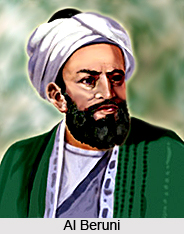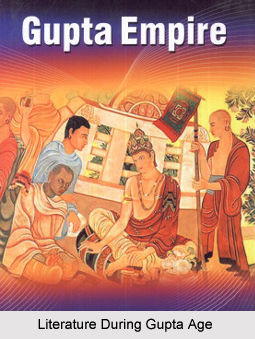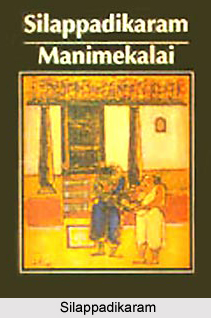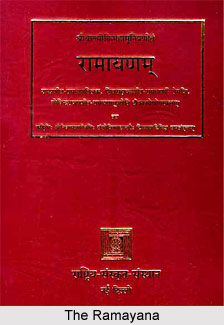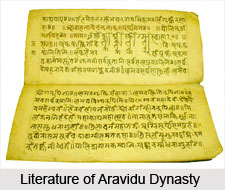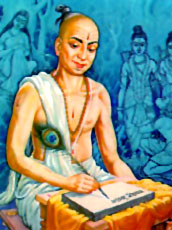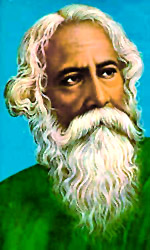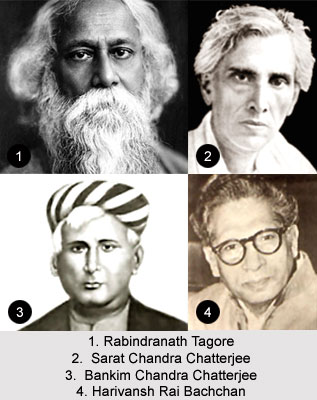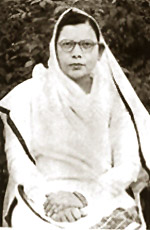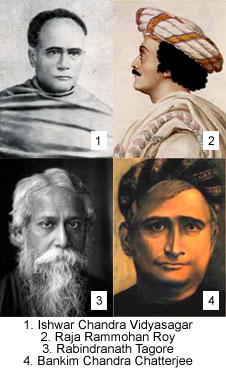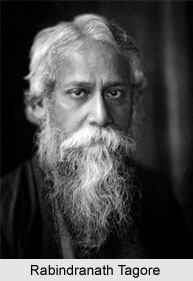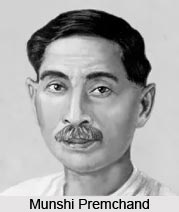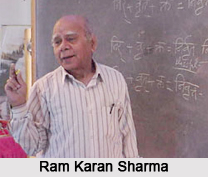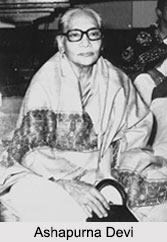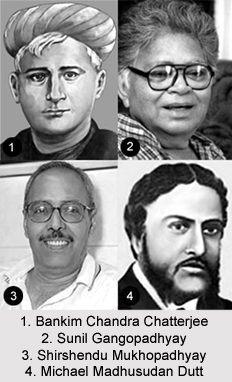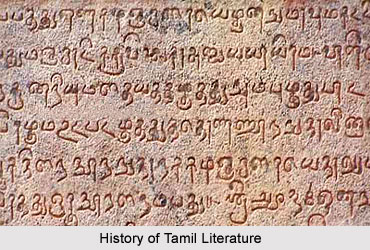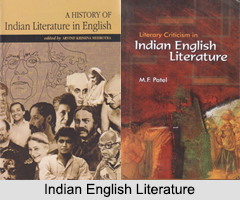Porunararruppatai is a Tamil poem that contains 248 lines, which praises the greatness of Karikalan, the Chola King. The poem reveals the conviviality which existed between the Chola rulers and the poets and minstrels. It also describes the importance of the Kaveri River and the appealing characteristics of Yal music. It is stated that if the authors and poets come across any highwaymen on their deceitful and perilous route, the poets will play some musical tunes on their Yal that will charm them and compel the highwaymen to discard their weapons.
Porunararruppatai also describes that the head of the author`s family was known as Elin Talaiva, which means an individual who is talented in seven types of rhythm. Moreover the Chola king will eventually lessen their sufferings and will also provide them with valuable silk robes to wear. Some of the cloth materials presented as gifts were too fine and for the eye to follow the bend and it was reminiscent of the discarded snake skin. The ruler of the land also provided the writers with a chariot that was drawn by 4 horses as a gift.
When the authors were about to leave the king, he walked 7 steps along with them while the writers left.
This article is a stub. You may enrich it by adding more information to it. You can send your write-up at content@indianetzone.com

